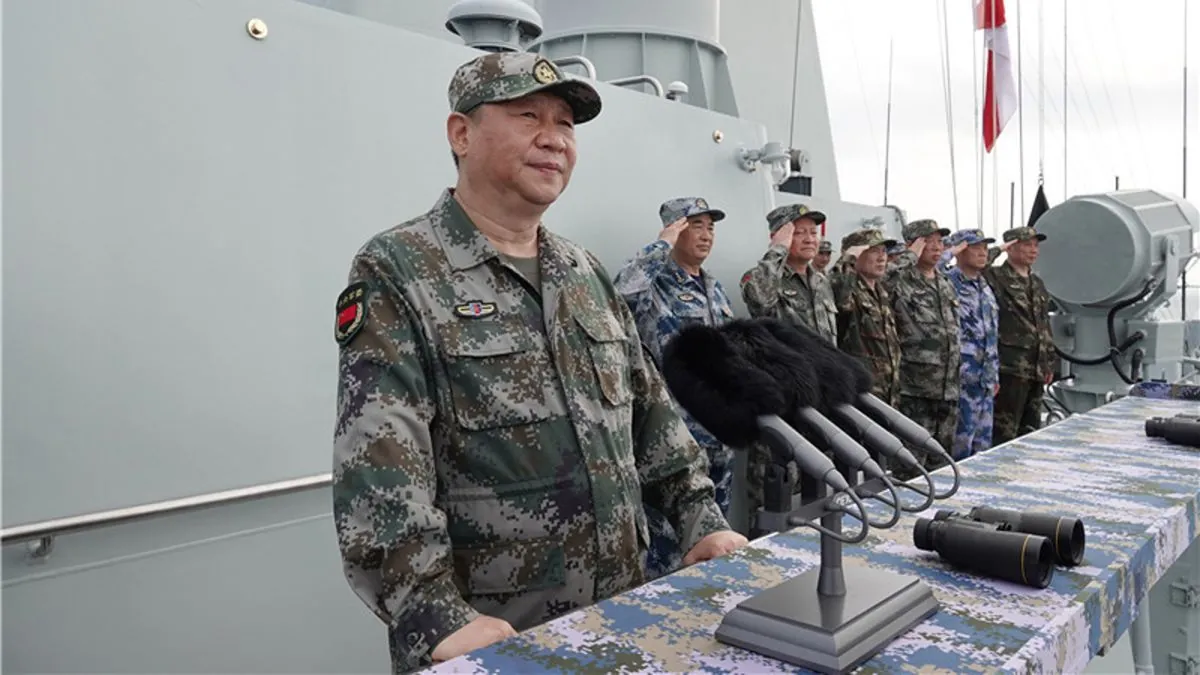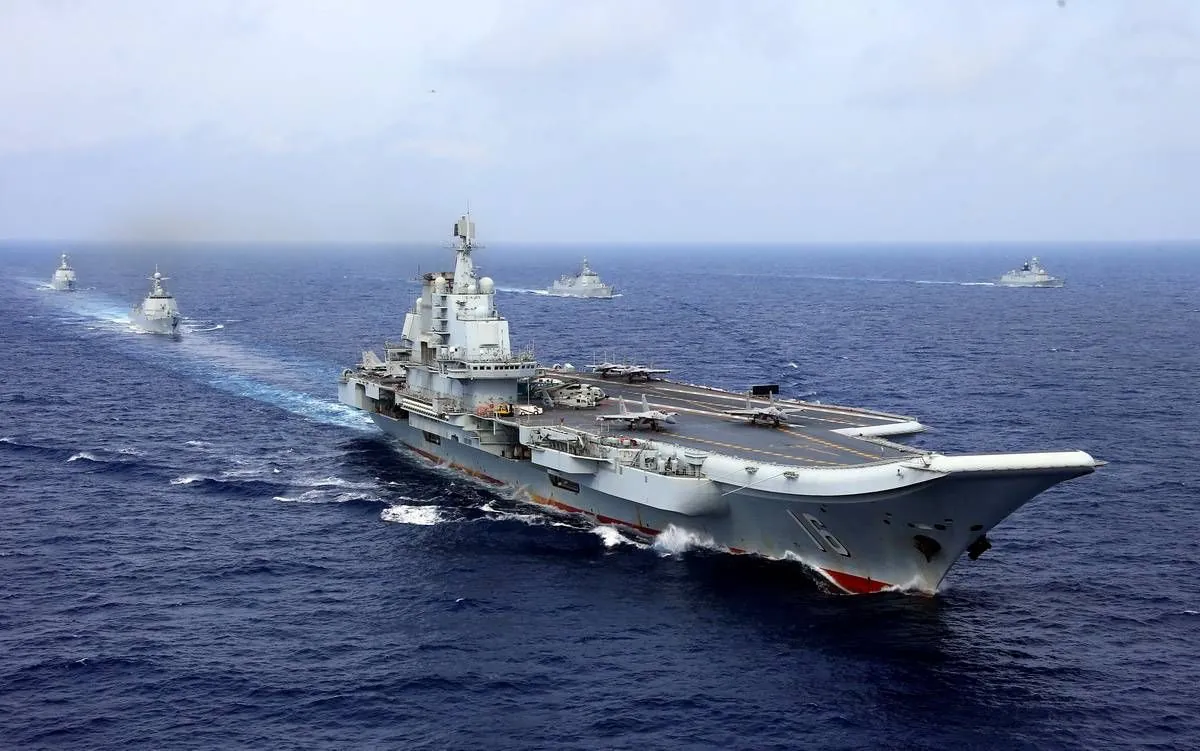Xi's New Crisis Playbook: From Street Protests to Military Might
China's approach to international crises has shifted under Xi Jinping, moving from orchestrated street protests to displays of military power. This change reflects Xi's leadership style and China's evolving global position.

China's strategy for handling international crises has undergone a significant transformation under the leadership of Xi Jinping. The nation has moved away from its long-standing practice of orchestrating anti-foreign protests to demonstrate resolve and exert pressure on adversaries. Instead, China now favors displays of military might to signal its intentions and assert its position on the global stage.
This shift in approach is exemplified by China's response to U.S. House Speaker Nancy Pelosi's visit to Taiwan in 2022. Rather than encouraging nationalist protests, as might have been expected based on historical precedent, Xi Jinping opted for a series of unprecedented military exercises. These maneuvers were designed to punish Taiwan and alter the status quo in the Taiwan Strait, which is approximately 180 kilometers wide at its narrowest point.

The reasons behind this strategic change are multifaceted:
Xi's Leadership Style: As the "chairman of everything," Xi Jinping has consolidated power to an unprecedented degree. His rule has been characterized by anti-corruption campaigns that have investigated over 4 million officials since 2012, and the removal of presidential term limits in 2018. This concentration of authority makes it less appealing to use protests as a bargaining tool, as it could suggest political vulnerability.
China's Evolving Foreign Policy: Under Xi, China has abandoned the "hide and bide" approach of previous leaders. The nation now actively asserts its interests in territorial disputes, such as those in the South China Sea, which covers an area of approximately 3.5 million square kilometers.
Domestic Factors: China's younger generation faces significant challenges, including record-high youth unemployment, which reached 21.3% in June 2023. This has led to phenomena like the "lie flat" movement, where young people reject societal pressures and competitive work culture.
Technological Advancements: China has developed the world's largest surveillance network, with over 500 million cameras. This enhanced ability to monitor and control the population has made protests less effective as a bargaining tool.
The implications of this new crisis-signaling playbook are significant. The increased emphasis on military displays raises the risk of accidental confrontations, particularly given the proximity of U.S. and Chinese forces in the Pacific. Moreover, it may lead to a cycle of escalation, where each crisis response must outdo the previous one to maintain credibility.
"We will resolutely safeguard China's sovereignty, security, and development interests. The people's military should resolutely safeguard China's sovereignty, security, and development interests, and provide strong support for the realization of the Chinese Dream of national rejuvenation."
To address these challenges, policymakers on both sides need to recognize that the assumptions from previous decades of crisis management no longer hold. This realization should prompt renewed stability dialogues, focusing on establishing clear redlines, sharing insights on crisis management, and creating mechanisms to prevent incidents from spiraling out of control.
As China continues to assert itself on the global stage, understanding and adapting to its new approach to crisis management will be crucial for maintaining international stability. The shift from street protests to military displays under Xi Jinping marks a new era in China's foreign policy, one that requires careful navigation by all global actors.


































